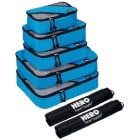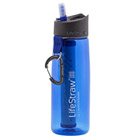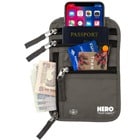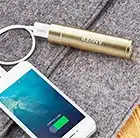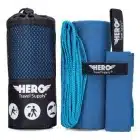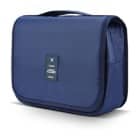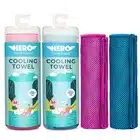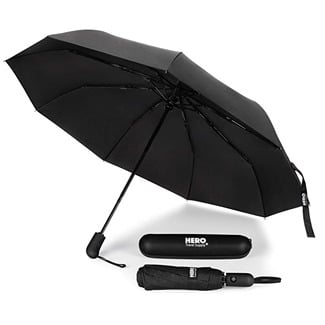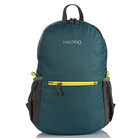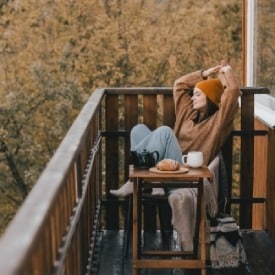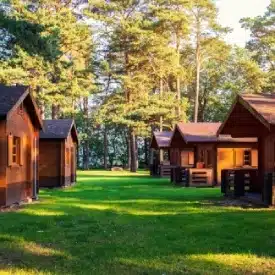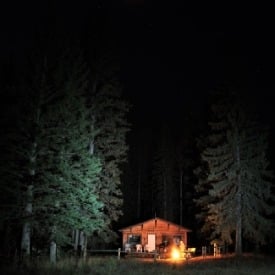Swimming: You’ll want everything you would normally take for a swimming outing: swimsuit or trunks, a coverup for the ladies, sunglasses, flip-flops/sandals, and maybe a sun hat for added protection or if you plan on reading a book at the beach.
Snow sports: For any kind of winter sport, whether it be downhill or cross-country skiing, snowshoeing, or ice skating, be sure to wear layers, snow pants, a wicking socks, a hat, and gloves. A fleece jacket is an excellent idea for one of your layers because you might find that the heavy coat is too much after you get warmed up from moving around.
Water sports: For boating of any kind and fishing, you’ll want some light-colored, lightweight, and quick-drying clothing so you don’t get too hot out in the sun and don’t stay wet for too long. Especially with boating, you’re inevitably going to get a little wet, which can feel good on a hot day. But, staying wet for too long makes for an uncomfortable time. It’s also a good idea to wear some sandals with a heel strap in case of any fall-ins.
Hiking: You’ll want similar clothing to what is listed in the water sports section above except for hiking pants instead of shorts. (Again, extra protection from bugs, poison ivy, etc) Additionally, some comfortable tennis or hiking shoes are a must as well as wicking socks to prevent blisters.
Lounging: It’s all about comfort when you’re just lounging around the cabin. Casual, comfy clothes are fine as well as some easy-to-put-on shoes, whether that’s slip-ons, Crocs, or sandals.




